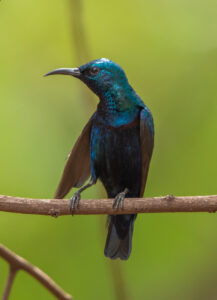
Diwali is not just the festival of lights, but also a time for enjoyment and travel. A lot of people go out for holidays. I was going to Hampi – a place famous mainly for its historical ruins and relatively unexplored. But after doing a little research I found that Hampi has a rich biodiversity and a large variety of wildlife. This got me excited.
On 4th November we started at 4:30am from Thane. It took 15 hours to reach Hampi. We were put up in Hampi House in Vidyanagar. The next morning , I took my camera and went out for a stroll.
I saw a small man made pond where there were breeding ducks. I also saw many Green Bee-Eaters and a Large Grey Babbler. I also spotted a Little Grebe, Pond Heron, Red Wattled Lapwing, Indian Cormorant, White Throated Kingfisher and Purple Sunbirds. The next two days we explored the ruins.
In many blogs that I had read about Hampi’s wildlife, there was a very familiar name Pompayya Malemath. Pompayya is a wildlife enthusiast – born and brought up in Kamlapur(near Hampi). He is very devoted towards conservation of bears. Hence he has planted a lot of trees in his land and made the place conducive for birds and animals. He has detailed knowledge about the wildlife in Hampi.
I approached him so that I could complete my checklist and learn about Hampi wildlife.. Oh! I forget to mention about my checklist. My checklist had Sloth Bear, Indian Eagle Owl , Yellow Throated Bulbul and Smooth Coated Otter.
The next morning I went bird watching with him near the forest guest house. It was 3 hours of sheer bliss for me. We saw more than 15 species and got plenty of photographs. There were many Indian Silverbills and sparrows feeding on grains; a long tailed Shrike drinking water; Grey Francolin, Jungle bush Quail; a Peafowl crossing the area, Doves fluttering; mongoose fighting for food; Babblers babbling constantly. It was complete wildlife madness which I experienced. We then headed towards the river canal to find the majestic Indian Eagle Owl.
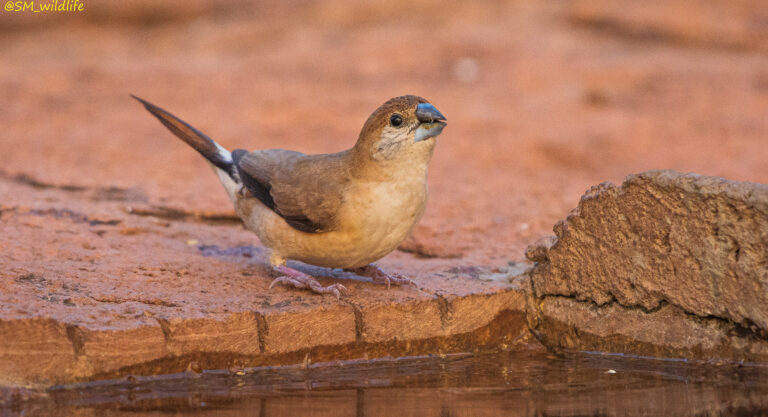
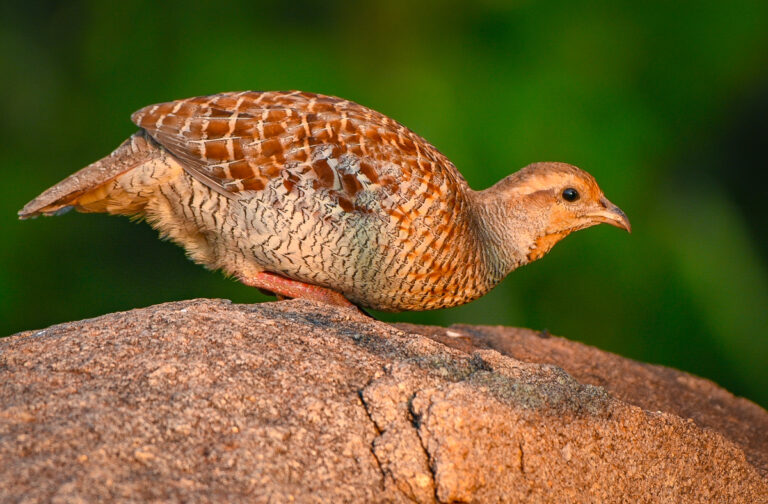

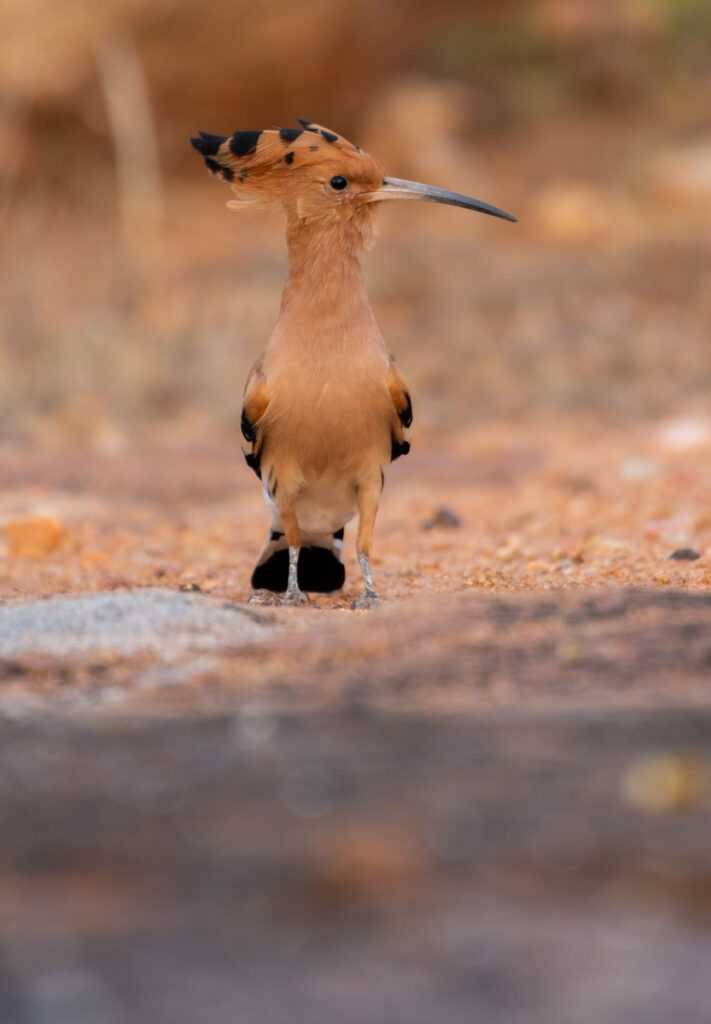
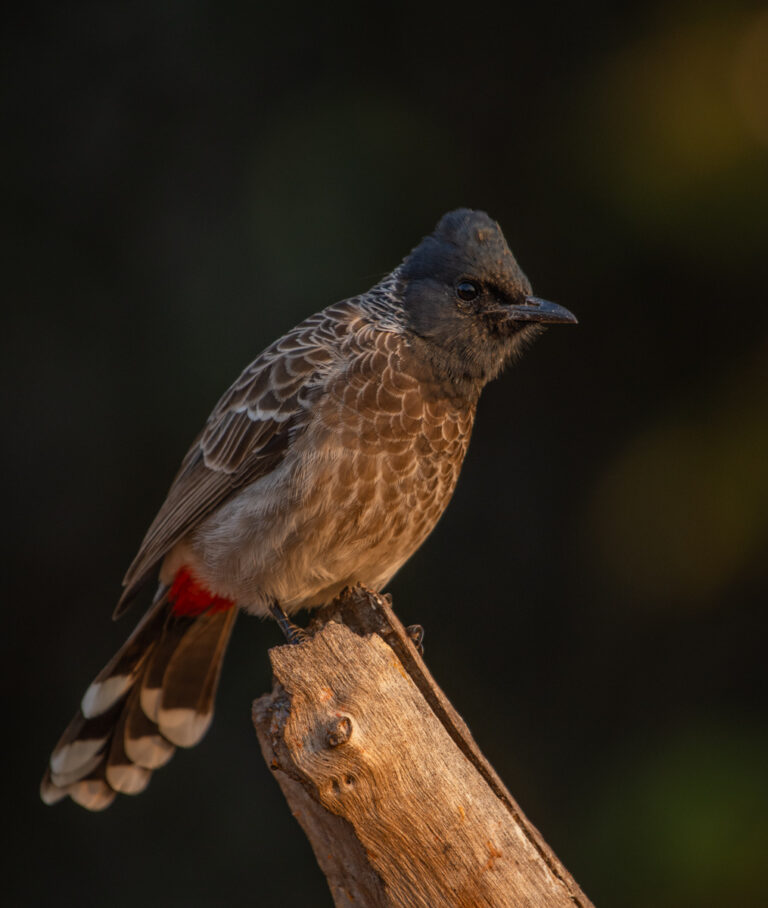
While driving and looking around, with our eyes focused on the rocks where its mainly found, we saw 2 of them. One of them was incubating her eggs. We also saw a White Browed Bulbul.
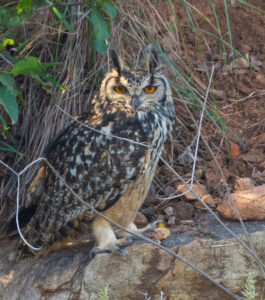
In the afternoon we went to the Daroji Sloth Bear Sanctuary. It is India’s first and only bear sanctuary. The sanctuary opens at 2 pm but the main activity (feeding the bears) starts by 3:30 pm. After waiting for an hour, we finally saw a mother and her cub followed by 2 more bears, coming to feed on the jaggery which is applied on the rocks by the Forest Department officials( they are putting great efforts to protect and conserve this beautiful piece of Nature). Along with the 3 bears , I was extremely lucky to see a pair of Yellow Throated Bulbul. The sanctuary visit was a complete success for me.
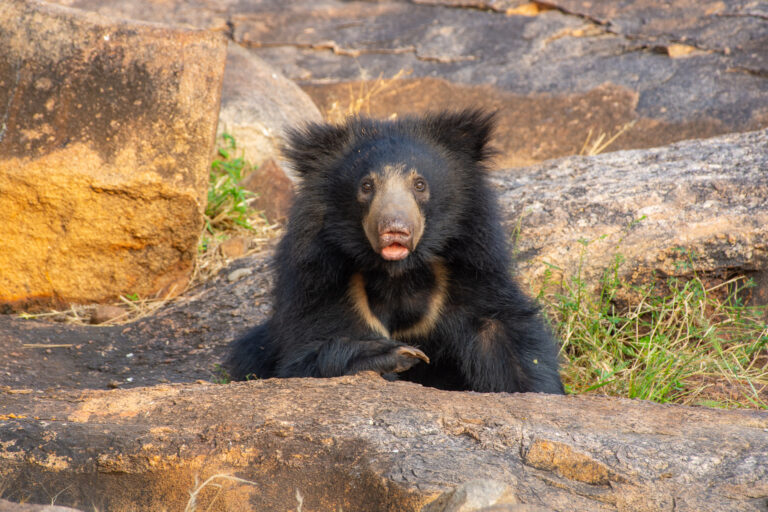
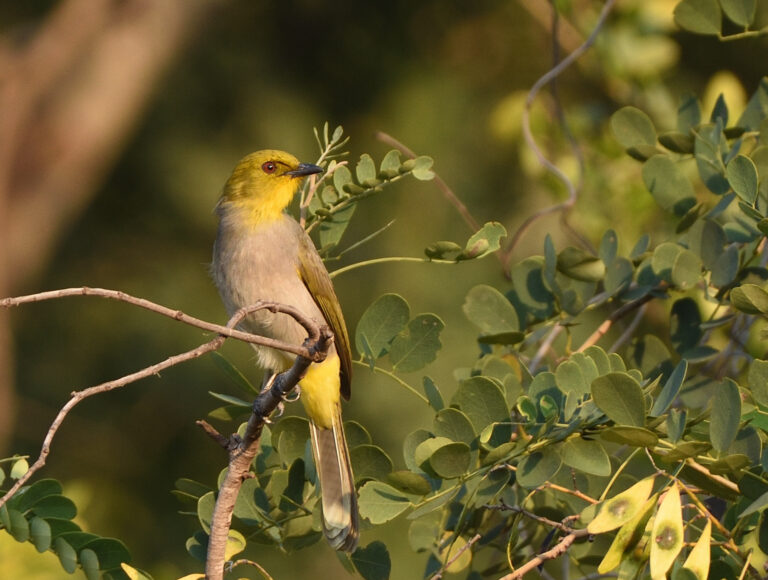
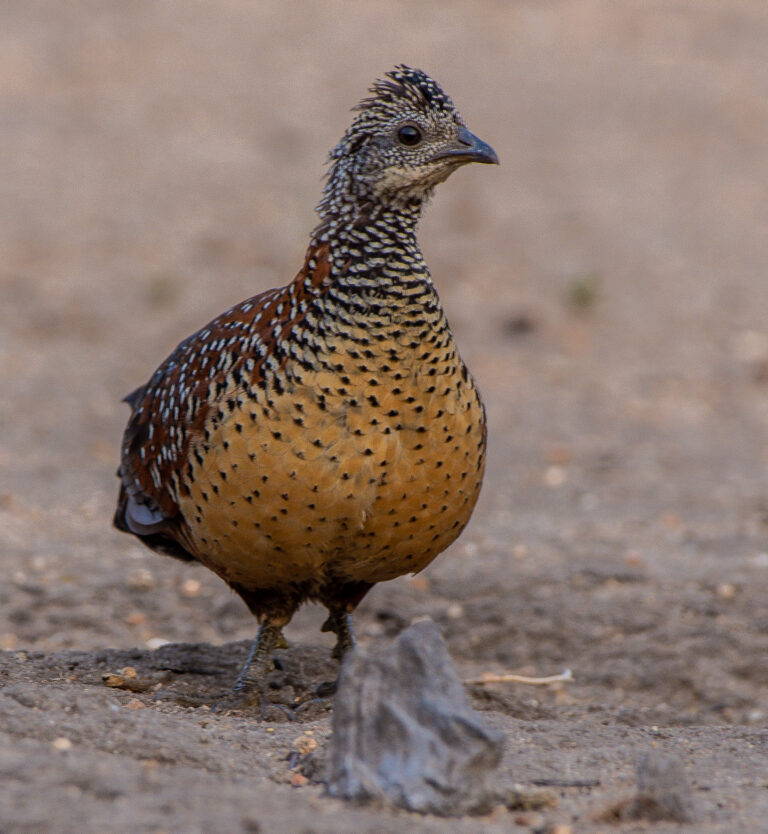
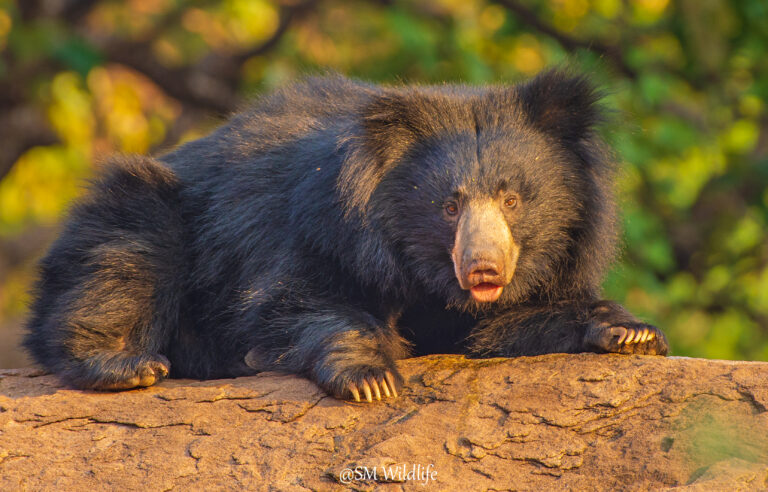
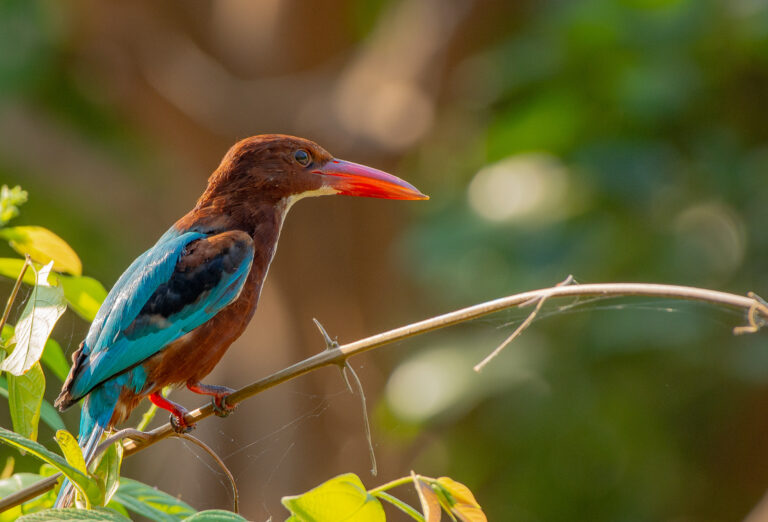
The next day we went to Anegundi – a place across the Tungabhadra river. We went to the otter conservation reserve there. Otters are very hard to click and we were only lucky to get glimpse of those otters. On the banks of the river we saw a good amount of birds like the Western Marsh Harrier, Tri – colored Munia, 3 types of kingfishers(Common, Pied and White Throated) and Swallows.
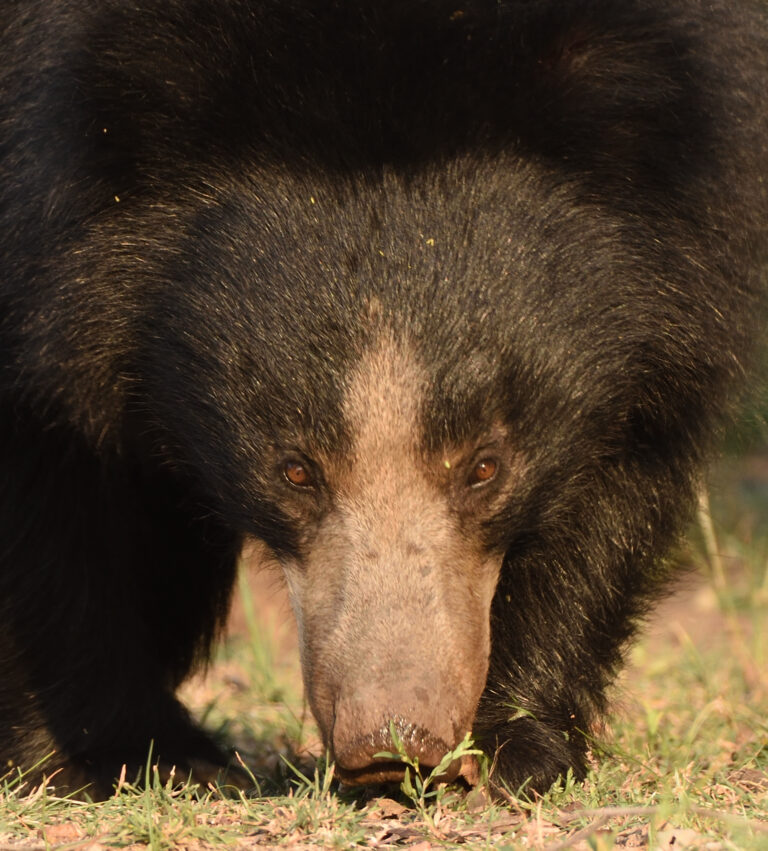
In Anegundi, we stayed at Uramma Cottages, which was a great place. Overall the trip was fantastic and I learnt a lot about both wildlife and history.
- Main Attractions : Ruins of Hampi, Virupaksha Temple, Daroji Bear Sanctuary, Tungabhadra River, Vitthala temple, Monolithic Bull, Anegundi.
- Nearest Airport: Belgaum and Hubali
- Nearest railway station: Hospet
- Places to Stay: Jungle lodges and Resorts Property and The Nature Camp of the Forest Department
- Distance From Banglore : 380 Kms

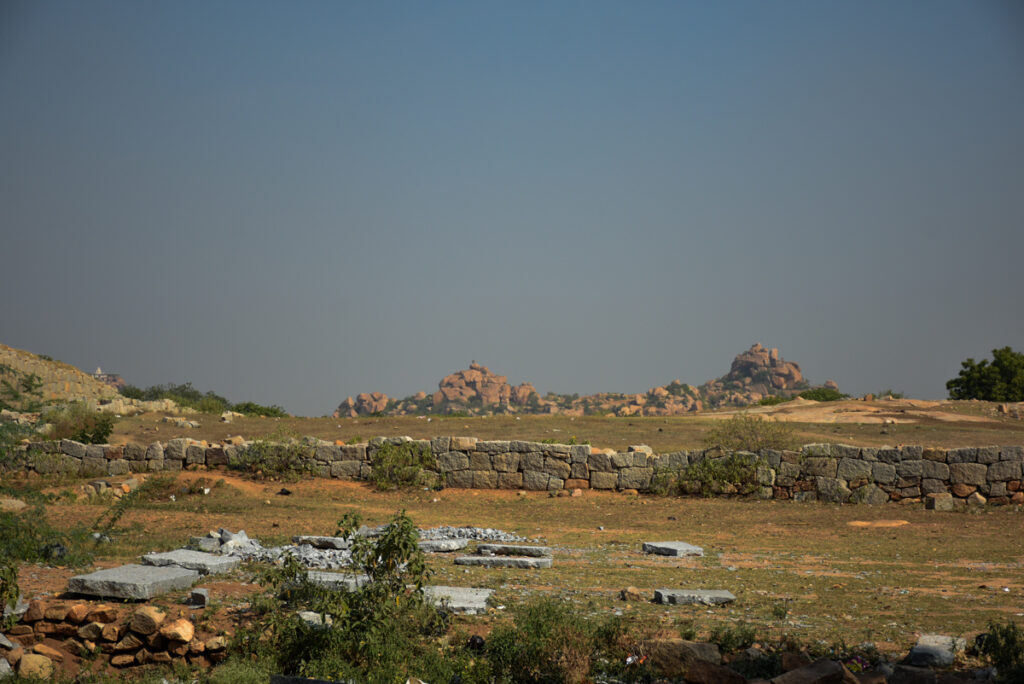

One thought on “Hampi – An Unexplored Kingdom of Wildlife”
Психология отношений. Как вернуть страсть в отношения.
Пауза в отношениях.